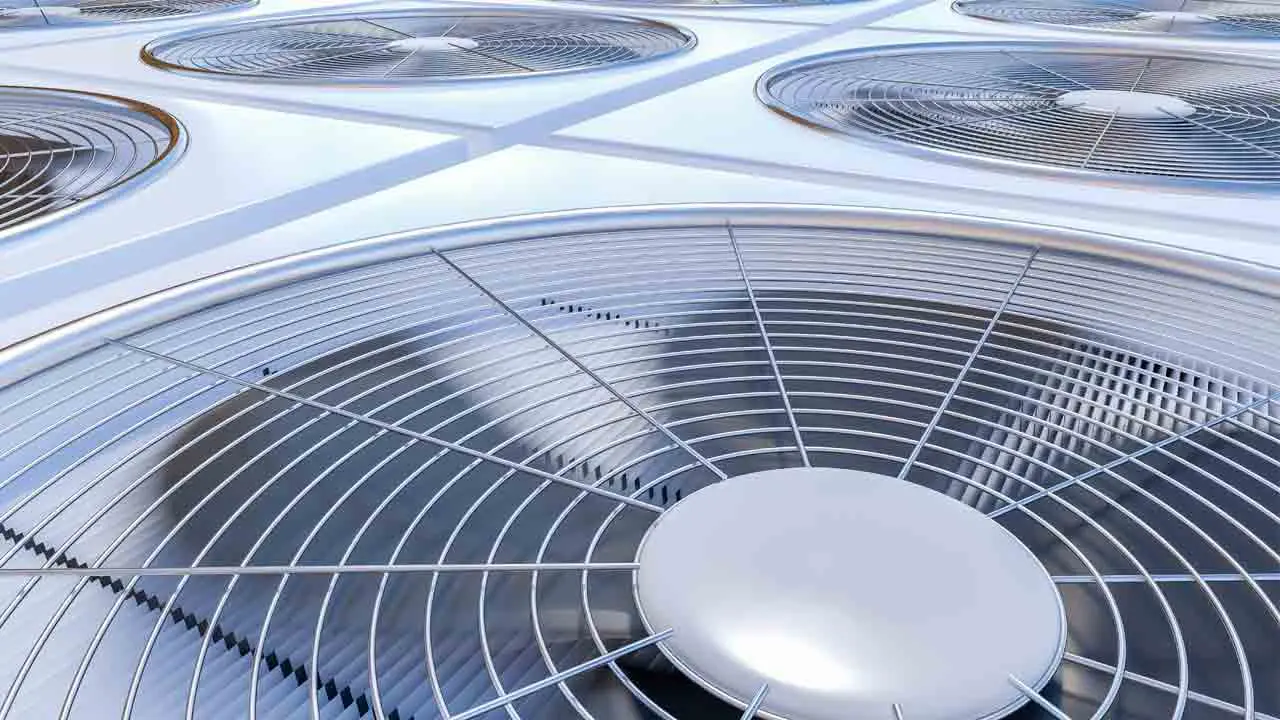In Part 1 (Thermal Management of Outdoor Enclosures), key aspects for successful design and development of thermal management systems were covered briefly, among these, cooling device selections and its impact on power, battery back-up and maintenance has therefore become of paramount importance for telecommunications enclosures. These are: Full active systems, like air conditioners, require AC power, are impossible to back-up efficiently and require lots of maintenance. Assisted systems, like air-to-air heat exchangers run off DC power, can be backed up and typically demonstrate a longer maintenance interval. Passive systems on the other hand require no power and are maintenance free. Selection of the proper cooling system is therefore extremely important.
This part will focus on PCM cooling systems in detail. Passive cooling systems are those that require no external power and possess no moving parts.
Phase Change Materials (PCMs) are a relatively new concept for electronic enclosures. A PCM is used to absorb peak energy loads during one time of the day and to then reject that heat load at another time. PCM materials typically have high heats of fusion (energy absorption required to change the PCM from a solid to liquid), which allows small volumes of material to absorb/store large amounts of energy when it undergoes phase change. The addition of a PCM to an enclosure can prevent the use of assisted systems or fully active systems to maintain the electronics at the desired conditions. With a PCM, the melting point is selected such that the energy from the electronics is absorbed while it undergoes phase change or melts, and it can then be solidified (recharged) once the ambient temperature goes below its melting point.
All types of outdoor equipment can be cooled using PCMs. Most designers like to use passive methods for their simplicity and lack of maintenance. Passive methods rely primarily on natural (free) convection in conjunction with PCMs and solar reflectors. Natural convection is the transport of heat by buoyancy-induced fluid flows.
Design Issues for Using PCMs
There are three general classes of PCMs that can be effectively used for a PCM heat exchanger. These four classes are salt-hydrates and eutectic salts, paraffins, and non-paraffin organics. The three most important factors to consider in the selection of a PCM are
- the cost of PCM,
- the safety, toxicity, and environmental characteristics of the PCM, and
- the useful life of the PCM.
The thermal properties of salt-hydrates can deteriorate because of undergoing thermal cycling. The impact of the cycling can be decreased through the addition of additives to the salt-hydrates and mechanical agitation or mixing. Glauber’s salt (sodium sulfate, 10-hydrate) is a popular PCM material but may not be adequate for some applications that require a high number of thermal cycles, unless properly encapsulated. Data obtained from material safety data sheets (MSDSs) indicate that it is not a significant health hazard. In addition, the cost for Glauber’s salt is low.
The use of paraffins or other organic materials is also possible and may be advantageous because the phase change temperature can be selected over a wide range (0 to 120o C). Review of MSDSs for candidate materials also indicate that paraffins pose no significant health or safety hazards. Rather than use a single pure chemical species, the actual paraffin or organic can be a mixture of hydrocarbons. The phase change for these mixtures will occur over a small temperature range.
Thermal Design Issues
When designing a passive PCM heat exchanger (or cooling device) there are several issues that must be addressed. These include
- heat absorption during the day,
- solar load and reflector design,
- heat rejection during off peak times, and
- stress levels within the reservoir.
The amount of energy that is to be absorbed during the day directly determines the volume of PCM that must be used in the heat exchanger (cooling device.) The energy absorbed depends on the total thermal load and the energy generated by the electronics within the enclosure. To determine the design load, a simple steady-state analysis can be performed of the complete system to determine how much heat can be rejected for a specified internal temperature. The difference between the heat rejected and the total thermal load (electronics and solar) then determines the maximum thermal load the PCM must be able to absorb.
Another factor that influences the calculation of the PCM volume is the number of thermal cycles the system will experience over its useful life which leads to the degradation of the thermal properties. Knowledge of the degradation then leads to the application of a safety factor in the calculation of the PCM volume.
The melting of the phase change material in the reservoirs or tubes depends on many factors:
Heat Absorption = f (T,melting, Twall, T[Symbol], time, Enthalpy, PCM Thermal Properties, havg (convective heat transfer coefficient), Tube wall thermal Properties, etc).
The process is transient and the rate of heat absorption (and melting of the material) is not uniform.
The melting of the PCM is typically a lesser issue than the resolidification of the PCM. The driving force to melt the PCM is difference between the phase change temperature of the PCM and the enclosure air temperature. This temperature differential is typically a minimum of 10 to 20oC, which is an adequate driving force for the melting of the PCM. Solidification of the PCM after it has been melted can be much more difficult. The temperatures overnight act as the heat sink for PCM solidification. In the next blog, a description of the design of the cooling a small enclosure using PCM’s will be presented.








